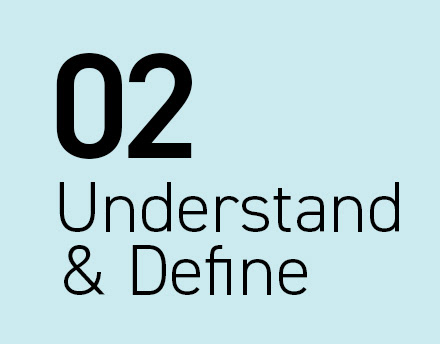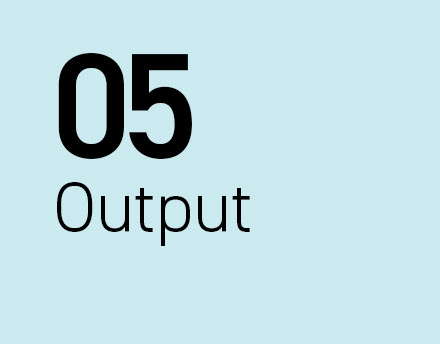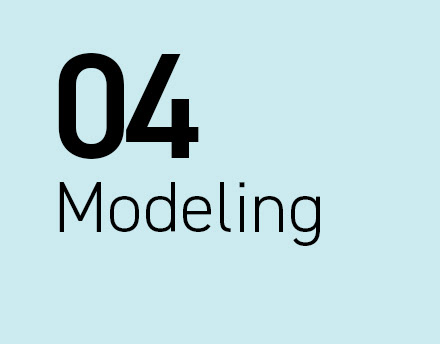For the final deployment, the following need to be handled: Decisions such as the architecture and infrastructure from the ‘Modeling’ module play an important aspect, as well as the connection to the data sources from the ‘Input’ module. A lot of the data handling, such as preprocessing and cleaning, or running the AI/ML model on that data have been performed manually until this module. For a productive system, those tasks need to be automated, taking data security and privacy into account, as well as managing access rights and ongoing activities such as monitoring and maintenance (DevOps). A lot of this module’s activities are hard coded software development, often the responsibility of an IT department.
1. Security & Privacy
+ Access authorization: (Industrial) AI/ML applications often deal with sensitive data. Different users might have access to different information and features. This needs to be set-up before the system can finally be installed.
2. Monitoring & Maintenance
+ Responsibilities: System performance and settings need to be monitored, system failures, data input, bug detections maintained. This is an ongoing process (MLOps). Responsibilities need to be agreed on and respective roles assigned.
+ Responsibilities: System performance and settings need to be monitored, system failures, data input, bug detections maintained. This is an ongoing process (MLOps). Responsibilities need to be agreed on and respective roles assigned.
3. CI/CD pipeline
An integrated CI/CD pipeline is the link to make sure that the ongoing processes are aligned and managed.
An integrated CI/CD pipeline is the link to make sure that the ongoing processes are aligned and managed.
Outcome: Product/Service (productive)
This module turns the output from the former modules into a productive environment. This is a rather low area of activity for HCD/UX design. An IT department or related roles might take over from here. Best case scenario is to integrate them as early on in the development as possible.
This module turns the output from the former modules into a productive environment. This is a rather low area of activity for HCD/UX design. An IT department or related roles might take over from here. Best case scenario is to integrate them as early on in the development as possible.







